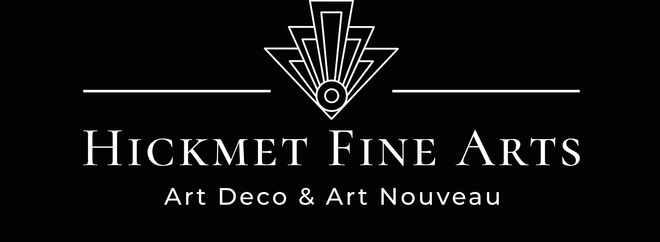Delightful mid 19th Century French bronze study of two anthropomorphic bears, one seated uncomfortably on an armchair the other representing a dentist extracting a tooth in a somewhat worrying manner. The surface of the bronze with wonderful deep brown and red/orange patina and very fine hand chased surface detail, signed Fratin to base
Sorry, this item has been sold. If you would like information about similar items please contact us on 07971850405 or make an enquiry via email here.
ADDITIONAL INFORMATION
Height: 14.3 cm
Width: 11.5 cm
Depth: 9.5 cm
Condition: Excellent Original Condition
Circa: 1850
Materials: Bronze
Book reference: Animals in Bronze by Christopher Payne
Page Number: 69, B4
SKU: 8479
ABOUT
Bear at the Dentist
Until the mid 19th Century dentistry was only occasionally carried out by a specialised surgeon and more often by wandering market performers, quack doctors and other untrained practitioners.
The Musée du Louvre acquired a variant of this sculpture from Hector-Gustave Brame (1866~1936) in 1928
Christopher Fratin, French 1801 ~ 1864
also known as Christophe Fratin, was a noted French sculptor in the
animalier style, and one of the earliest French sculptors to portray animals in bronze. Fratin was born in Metz, Moselle, France the son of a
taxidermist. He first studied drawing under Pioche in Metz and later worked in Paris at the studio of Théodore Géricault.
He exhibited at the Paris Salon from 1831–1842 and 1850–1862, as well as at the Great Exhibition in London in 1851. Fratin never signed his bronzes but instead used a stamp showing his last name in straight block letters. One of the stamps he used (pictured) showed the "n" reversed, not by design but due to an error on the part of the maker of the stamp. Bronzes bearing this stamp have the appearance of not seeming to be genuine when in reality this foible is actually an indicator of authenticity.
Fratin received monumental commissions in France and elsewhere, including the Deux Aigles Gardant Leur Proie (Eagles and Prey, created 1850) displayed since 1863 in New York City's Central Park. Many of his small bronzes—including his miniature bronzes which were more affordable due to their smaller size—were sold commercially to the general public during his lifetime. Today, Fratin's sculpture is on permanent display in the Louvre, the city museums of Metz, Lyon, Strasbourg, Nîmes and at the Peabody Institute in Baltimore, Maryland. The Georg Eisler archive in Vienna also has on display works by Fratin.
A number of Fratin's pieces portray horses, especially portraits of famous horses such as Fermer, cheval anglais pur-sang, a wax of which he debuted at the Salon of 1831, the same exhibition in which Barye's Tigre dévorant un gavial was featured.
At Montrouge Square in Paris appears a colossal bronze group standing 2 meters high entitled Cheval attaqué par un lion, executed in 1852. Fratin received many commissions from the State including groups designed for the botanical garden and the esplanade of his hometown; amongst the groups were two dogs, a deer at bay, a purebred horse, and some eagles. Fratin also produced a number of whimsical bear sculptures, including Le Père Odry and Ours jouant de la cornemuse which shows a bear holding a musical instrument. Fratin was highly regarded for his animal sculpture, in which he expressed a sympathetic and sensitive understanding of the animal's forms. This, in the early stages, was presumably influenced by his father, who was a taxidermist. Fratin also studied under the Romantic artist Gericault.
Although he exhibited prolifically at the Salon (1831-1839, and 1850 -1864) and at the Great Exhibition of 1851, these anthropomorphic portrayal of bears were for private amusement.
Fratin worked very closely with the Paris foundries which produced his bronzes and many of his casts bear his personal stamp which has the "N" in his name reversed, as in the case of this bronze.
Click on this link for details of a similar cast sold at auction in 2007.
To view our range of bronzes by Fratin please click here.















